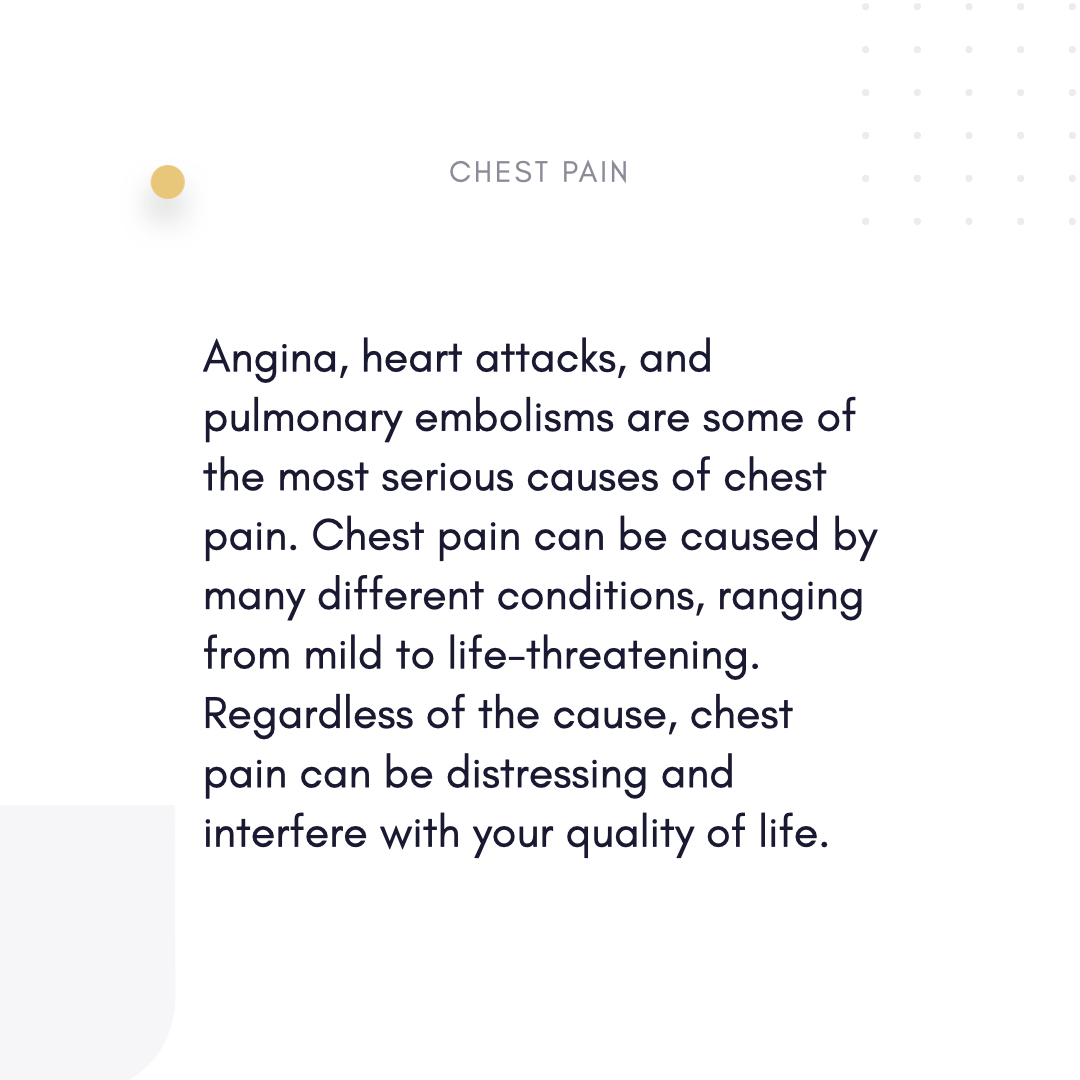Chest Pain and Direct Primary Care (DPC): Timely, Patient-Centered Care for Peace of Mind
Chest pain is a vital symptom that should be checked right away; it can point to benign (e.g., acid reflux) or life-threatening (e.g., heart attack, pulmonary emboli). Under a membership model known as Direct Primary Care (DPC), which lets patients pay a flat fee directly to their provider, patients get quick, customized assessments and perfect coordination to properly treat chest pain. DPC treats this high-stakes condition differently as follows:

DPC Provides Instant Access to Critical Assessments (Timely Evaluations)
- Same-day/next-day visits for chest discomfort.
- Rapid assessments include comprehensive histories, EKGs, and point-of-care tests (e.g., troponin levels) to rule out acute coronary syndrome (ACS).
- Reduces ER crowding and unnecessary costs for non-emergencies.
Evidence-Based Risk Classification (Stratification Tools)
- Use clinical decision rules (Marburg Heart Score, INTERCHEST) to assess cardiac risk.
- Arrange quick referrals to cardiologists or same-day imaging (e.g., CT angiography) for high-risk patients.
Savings and Open Cost Disclosure (Transparent Pricing)
- Subscription model covers basic labs, EKGs, and urgent evaluations to avoid surprise bills.
- Compliant with ACP guidelines, reducing ER costs for non-critical cases.
DPC Individualized Approach to Chest Pain Control (Tailored Care)
- Extended consultations: Differentiate cardiac vs. non-cardiac causes (GERD, costochondritis, anxiety) via testing/specialist collaboration.
- Manage underlying conditions (diabetes, COPD, hypertension) contributing to chest pain.
- Provide lifestyle counseling (diet, exercise, stress management) to reduce cardiovascular risks.
- Virtual follow-ups track symptom resolution or escalate treatment if pain resurange.
Why DPC Works for Chest Pain? (No Wait Times)
- Instant EKGs/labs reduce anxiety and diagnostic delays for conditions like ACS.
- Long-term relationships help identify trends (repeated GERD vs. new cardiac symptoms).
- Regular wellness visits target modifiable risks (smoking, high cholesterol) to prevent future cardiac events.
How DPC Prevents Needless ER Visits (Efficient Triage)
- In-office triage of low-risk chest pain saves time and money.
- Specialist coordination: Expedite referrals to cardiologists/pulmonologists under patient care plans.
- Treat anxiety-related pain with stress-reduction techniques or counseling.
- Refer to physical therapy/pain management for musculoskeletal causes.
DPC’s Role in Cardiac/Non-Cardiac Chest Pain (Guideline-Driven Care)
- Align with AHA/ACP recommendations for consistent, high-quality diagnostics.
- Patient education: Teach "red flag" symptoms (radiating pain, sweating) requiring ER visits vs. DPC scheduling.
- Monitor recovery, adjust medications, and promote prevention for resolved heart conditions.
Why DPC Perfectly Manages Chest Pain? (Model Advantages)
- Clinical decision tools: Apply protocols like Marburg Heart Score during extended visits.
- Constant attention ensures treatment adherence and early detection of recurring issues.
- Financial predictability: Clear pricing eliminates cost-related hesitation for timely care.
- Combines fast diagnostics, tailored risk management, and prevention for peace of mind and long-term cardiovascular health.






